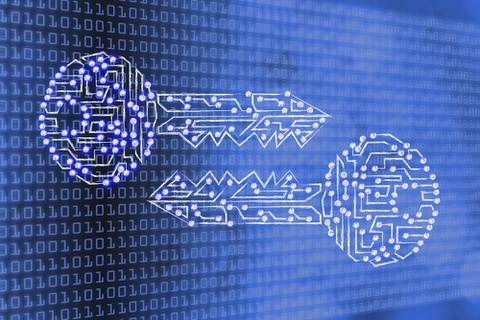In today’s fast-paced world, a new technology paradigm known as the Internet of Things (IoT) is advancing every business. It provides communication between the digital and physical worlds, transforming the way people do business quickly. The IoT is a network of physical objects (things) equipped with sensors, intelligent networking, radio-frequency identification (RFID), and other technologies that communicate and exchange data with other systems and devices online. IoT applications are now significantly more prevalent worldwide. IoT is driving the real world to become more intelligent in several industries, including smart grids for electricity, intelligent traffic, and smart homes and buildings. As a result, predictions and research point to over 50 billion connected devices by 2020. It will be required to safeguard this growing volume of data during exchange because the amount of data being transmitted will be quite enormous. Data security is represented by cryptography, an essential tool (algorithms) in security, which is why many researchers are developing cryptographic algorithms to improve the Security of IoT. This survey paper introduced an overview of IoT technology, architecture, and applications and a detailed analysis comparing all cryptographic algorithms and their use in day-to-day life activities. This paper discusses lightweight block ciphers, stream ciphers, and hybrid ciphers. The report evaluates security algorithms, comparing performance and robustness with the computational complexity of these techniques. Finally, the survey presents IoT security challenges, threats, and attacks with their mitigation techniques.
Fursan Thabit a b, Ozgu Can c, Asia Othman Aljahdali d, Ghaleb H. Al-Gaphari e, Hoda AlKhzaimi





Leave A Comment